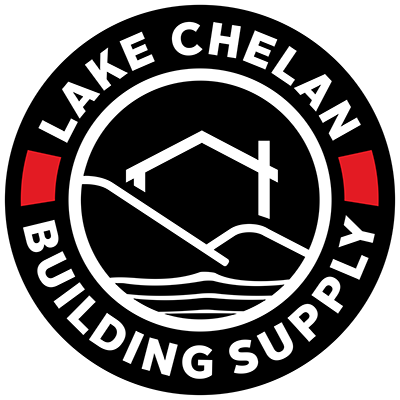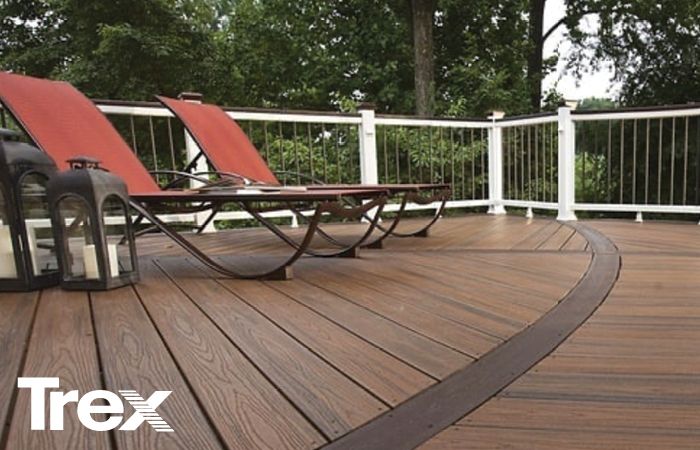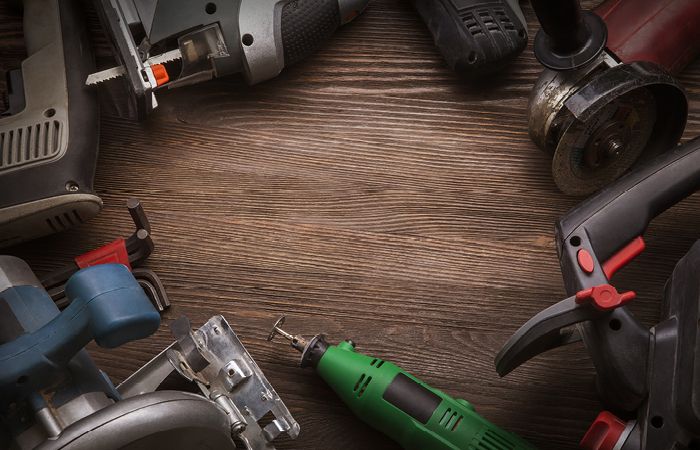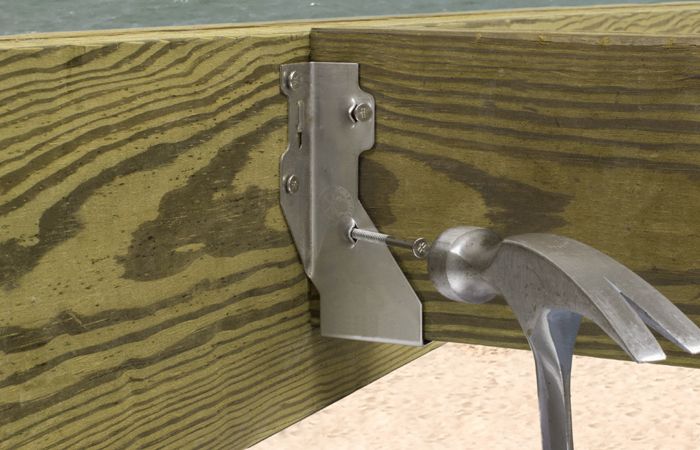NATURAL WOOD
Natural wood is a classic choice for a deck or fence. With its warm appearance and varying grains, wood can feel like a natural extension to the outdoors.
Cedar is a popular choice for a wood deck or fence, especially in the Pacific Northwest. It won’t warp with our rainy weather and it’s resistant to temperature, rot, and insects.
Hardwoods such as mahogany, teak, and ipe, make for a very durable and high-quality deck. Check with us to see what specialty lumber we have in our store. If it is not in stock, we are happy to order any materials you’ll need to complete your project.
To maintain wood, you’ll need to seal and stain every few years to protect the deck from moisture damage and help keep its appearance.
PRESSURE-TREATED WOOD
Pressure-treated wood is a softwood lumber that has been chemically treated to resist rot, decay and termites. It holds up well in wet grass or soil and it is a less expensive option than cedar. It can be used for decking or fencing.
COMPOSITE
If you’re looking for a great looking deck or fence that’s easy to maintain and will last for years, composite is a great choice. There are many color options, plus it’s resistant to fades, stains, mold, mildew, and termites. Need to clean it? All you need is soap and water. You can visit our store to touch and feel composite samples—we carry Trex, TimberTech, and Fiberon.
Read more about deck design and fencing or contact us and we’ll help you find the best choice for your decking or fencing project.






